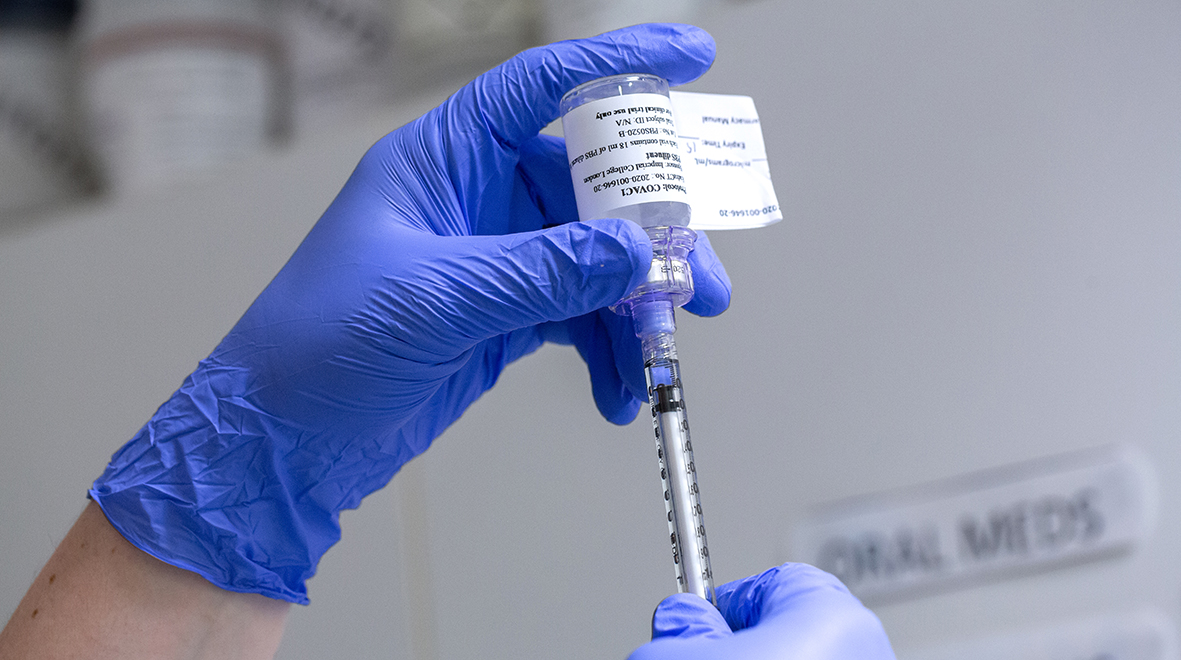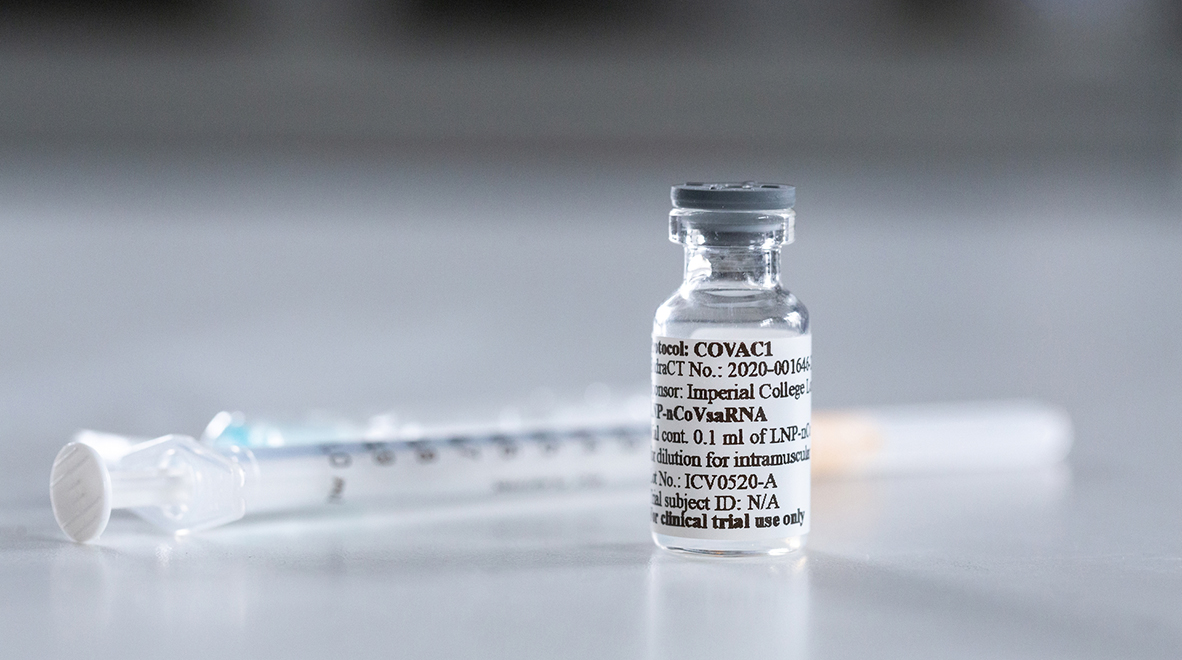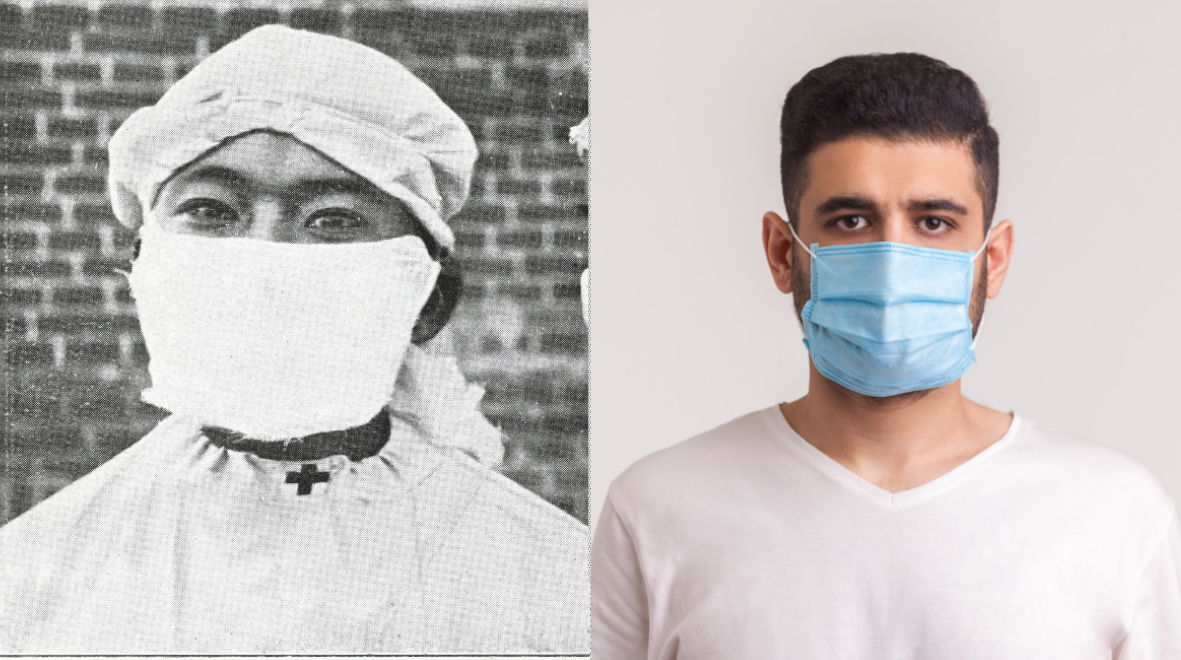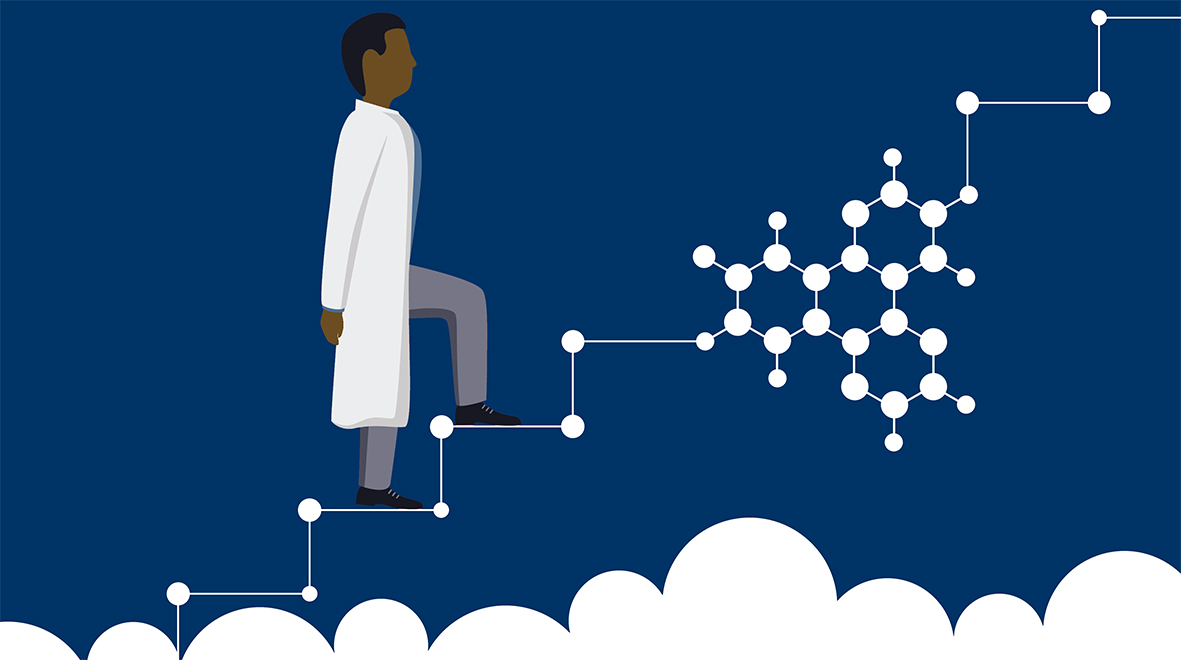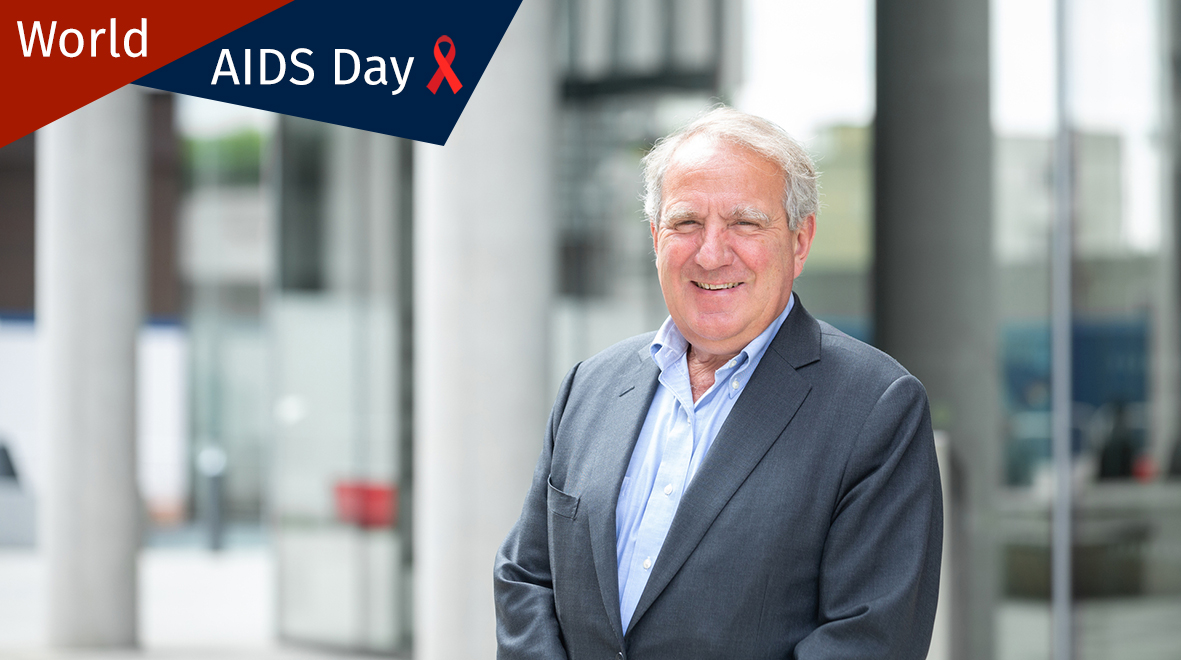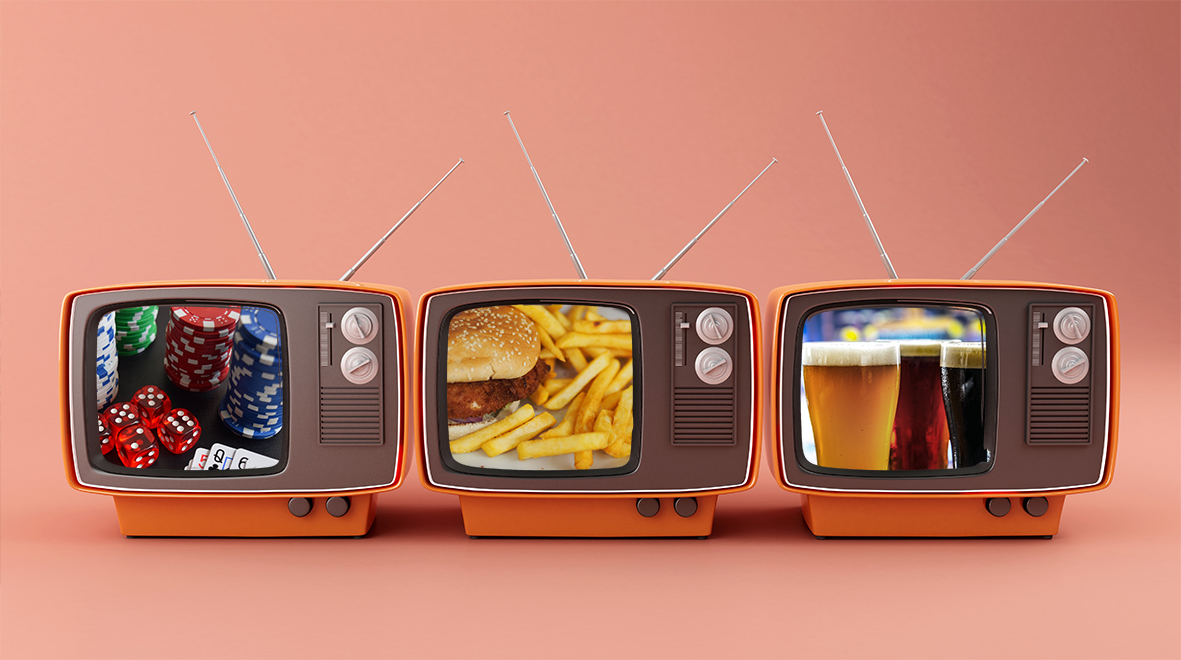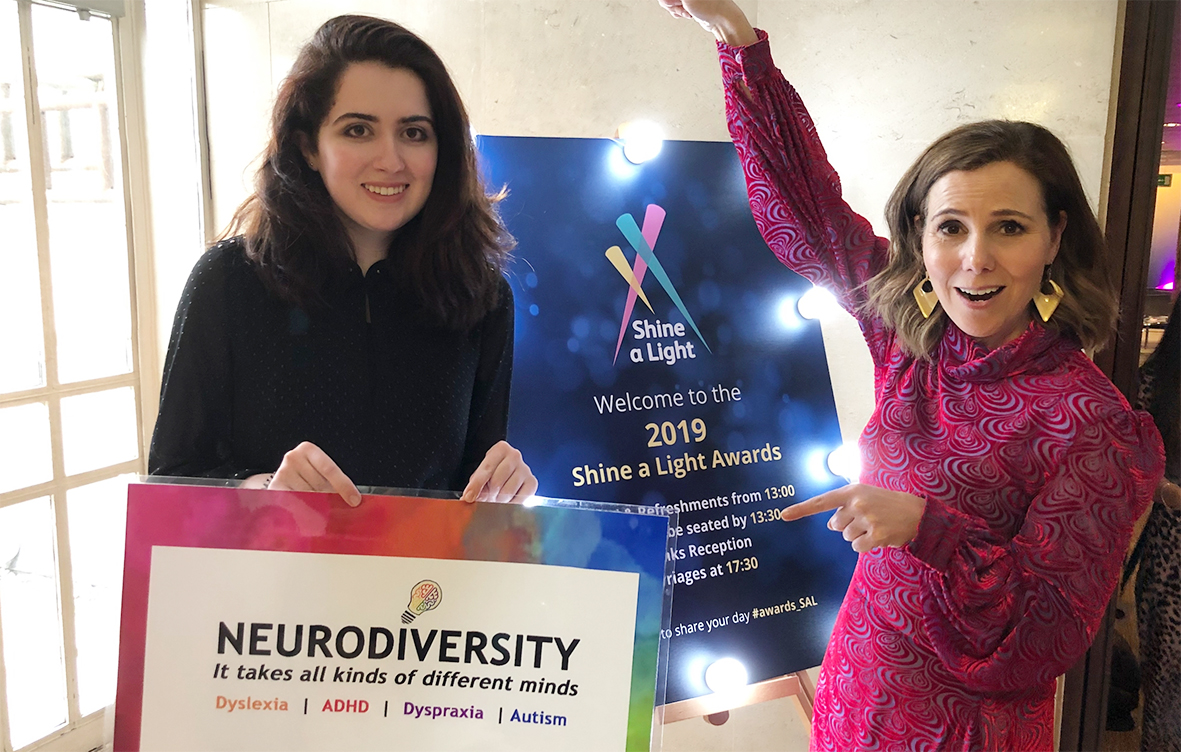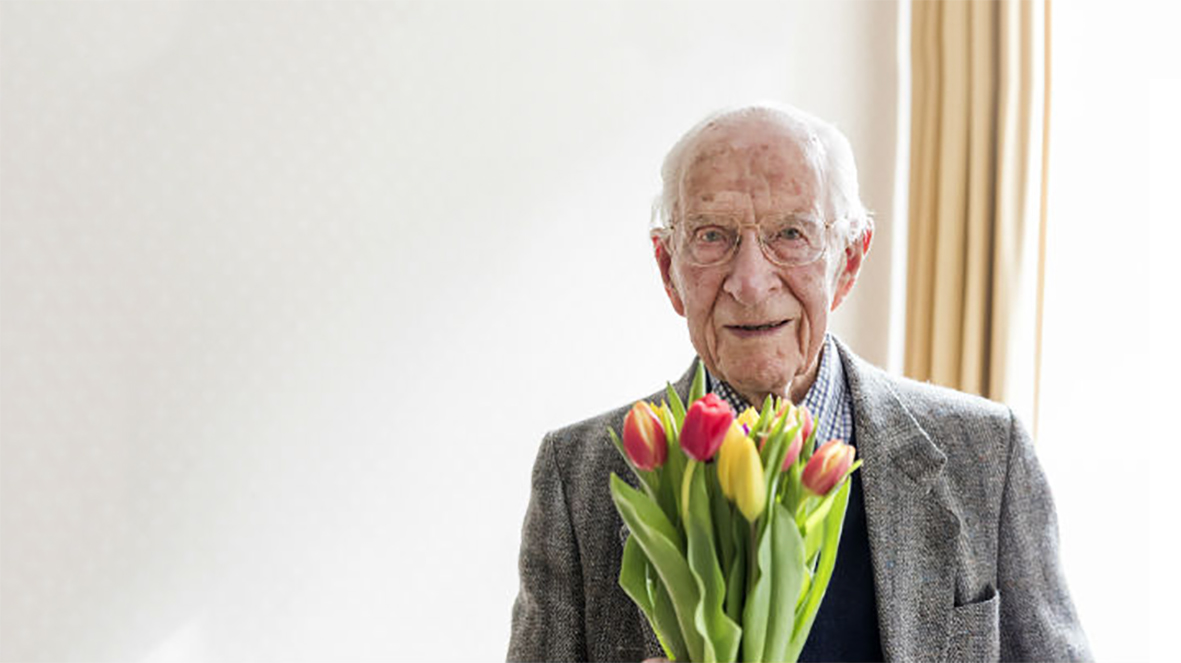Do we need such a devastating global pandemic to raise the profile of research?
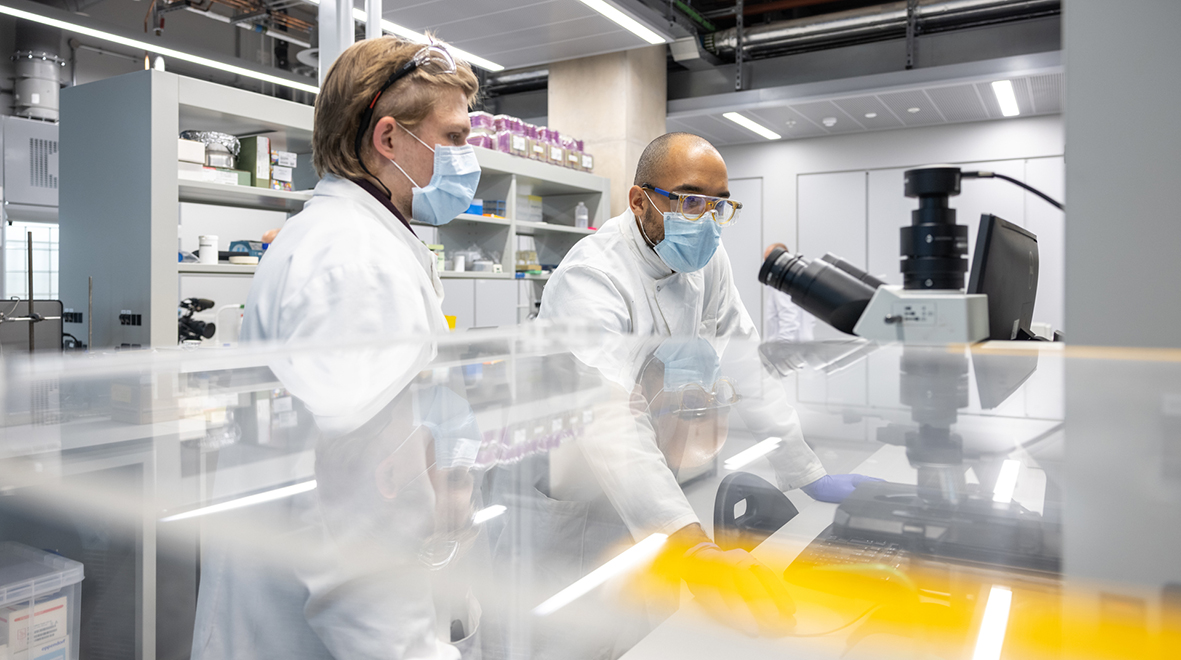
On Clinical Trials Day, Fran Husson discusses how receiving treatment for Acute Myeloblastic Leukaemia made her aware of the value and impact of research.
It is impossible, as a patient, not to think “vaccination” when asked to engage in some reflection about “Research”. Vaccines would not have been created so swiftly to combat Sars-CoV-2 if strong and well established multi-disciplinary cohorts of researchers, within prominent academic institutions, had not been in place to mastermind clinical trials and produce an effective immunisation response to the pandemic.
This begs the question of Patient and Public awareness of research, whether for clinical purposes or service delivery of health and social care. Do we need such a devastating global pandemic to raise the profile of research?
In my case, a late diagnosis of Acute Myeloblastic Leukaemia provided the lightning bolt to make me aware of research. Hospitalised in isolation for ten months, under round-the-clock treatment from clinicians who also involved me in different clinical research projects, I could not but appreciate the full value and impact of research. (more…)
